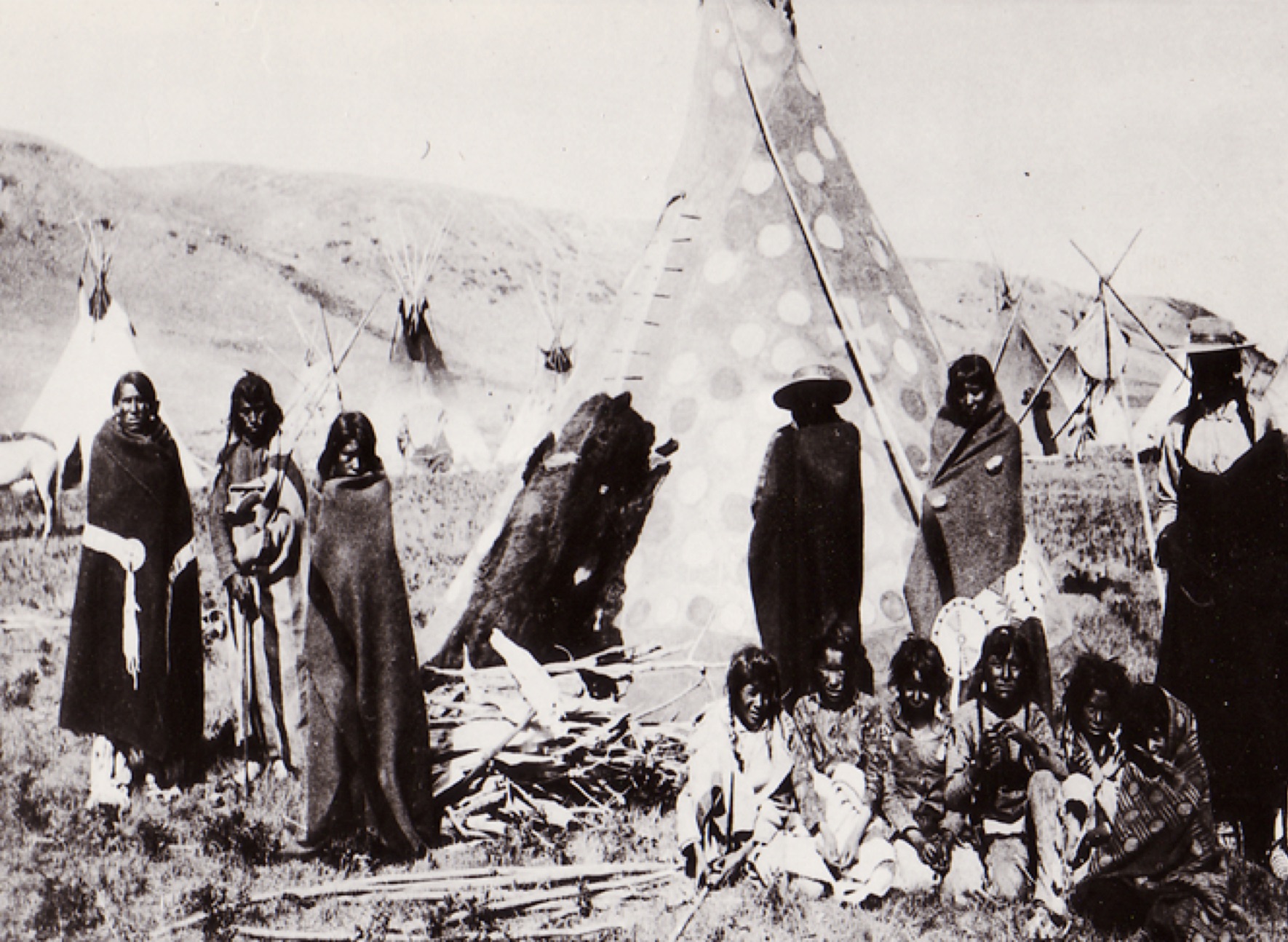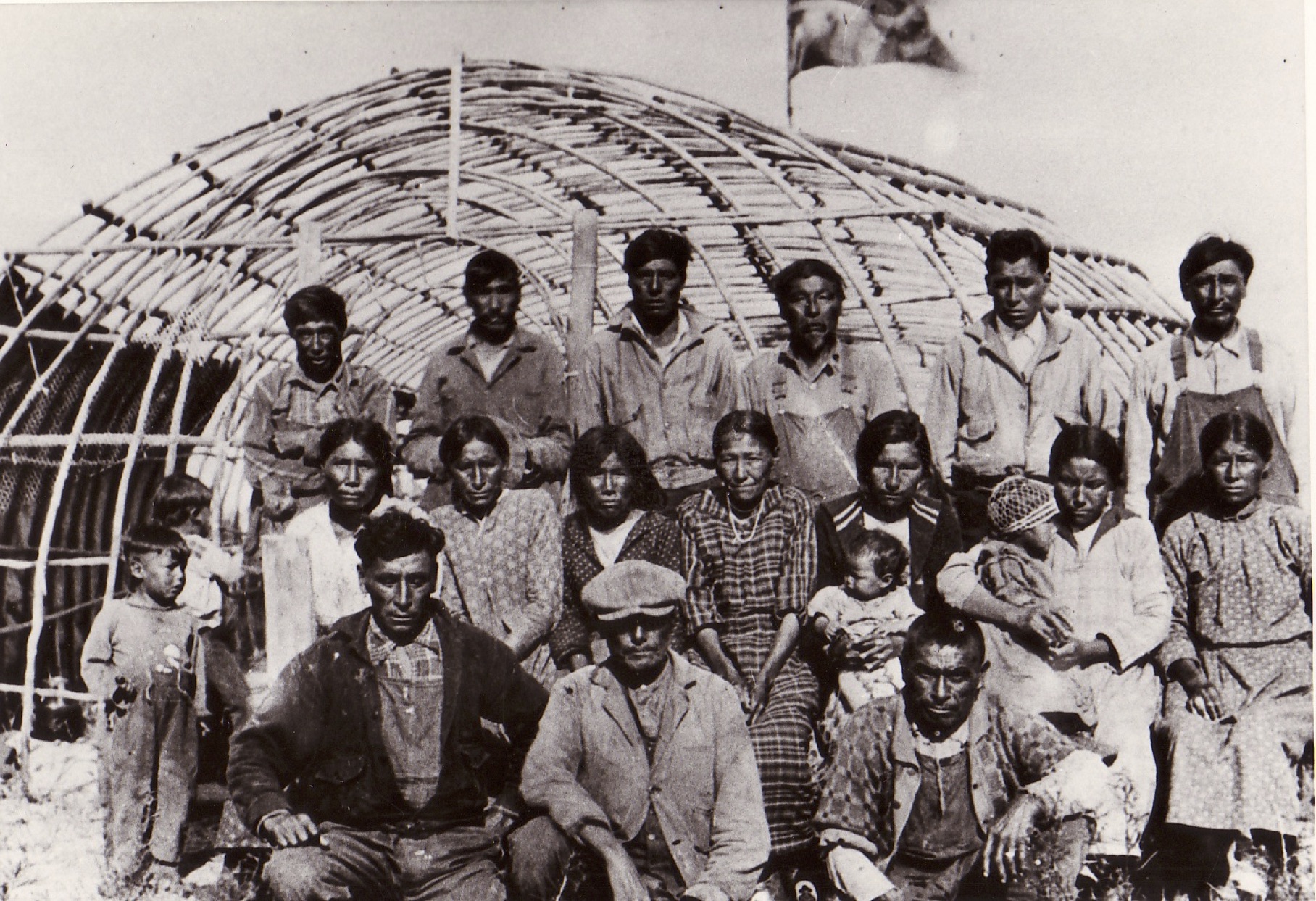Contact
Contact — the appearance of Europeans—constituted an assault on the cultures of First Nations. Every cultural dimension was subjected to European pressures that questioned their validity and viability, and threatened the very existence of First Nations cultures. The pressures were many, and introduced at various times and in various ways. It is a testament to the strength, resilience, will, determination, and power of First Nations peoples that they have survived pressures that can only be described as genocidal.
“A nation’s culture resides in the hearts and in the soul of its people.”
—Mahatma Gandhi
One of the driving forces that justified the assault on First Nations cultures was the Doctrine of Discovery, which had a profound influence on the attitudes of European explorers and settlers toward First Nations. The Doctrine of Discovery was a European Catholic pronouncement that the Catholic nations of Europe had the right to take over lands in the New World and Africa if the lands were occupied by non-Christians. In effect, the Doctrine of Discovery gave Europeans the power to seize “discovered” lands and subjugate their inhabitants. As described in one of the official documents of a Catholic Pope, representatives of Catholic Europe could “invade, search out, capture, vanquish, and subdue…pagans…and other enemies of Christ…and the kingdoms, dukedoms, principalities, dominions, possessions, and all movable and immovable goods…and to reduce their persons to perpetual slavery…” A number of European countries, including Great Britain and France, used these ideas to advance their own interests and power.
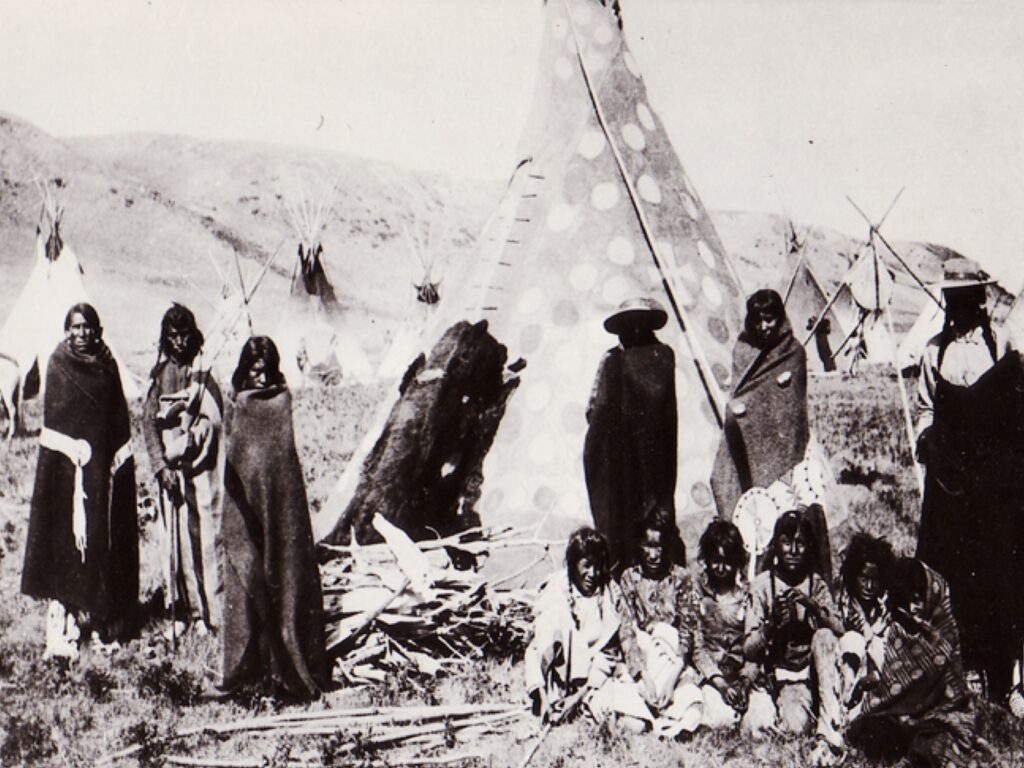
The impacts of contact—the appearance and enduring presence of Europeans on First Nations cultures—took many forms. Prior to contact, First Nations were independent, self-governing nations. After colonization, government policies ignored differences among First Nations, treating all First Nations as a homogeneous group called “Indians.”
The introduction of unfamiliar European diseases like smallpox, typhus, influenza, diphtheria and measles had a devastating impact on First Nations. The absence of immunity to these diseases led to fatal consequences among First Nations communities. It is estimated that up to 90 percent of the First Nations population was destroyed by the diseases imported by Europeans. Other significant impacts that altered many cultural dimensions involved the introduction of alcohol, horses, guns, and Christianity, and persistent official measures to assimilate First Nations into the mainstream European values and attitudes.
First Nations cultures were profoundly impacted by contact with European powers, policies and worldviews. Contact with First Nations occurred at different times, in different ways, and in different regions as European exploration and settlement spread across the land. The Aboriginal Rights Resource Tool Kit provides a description of the initial contacts between Indigenous people and European explorers.
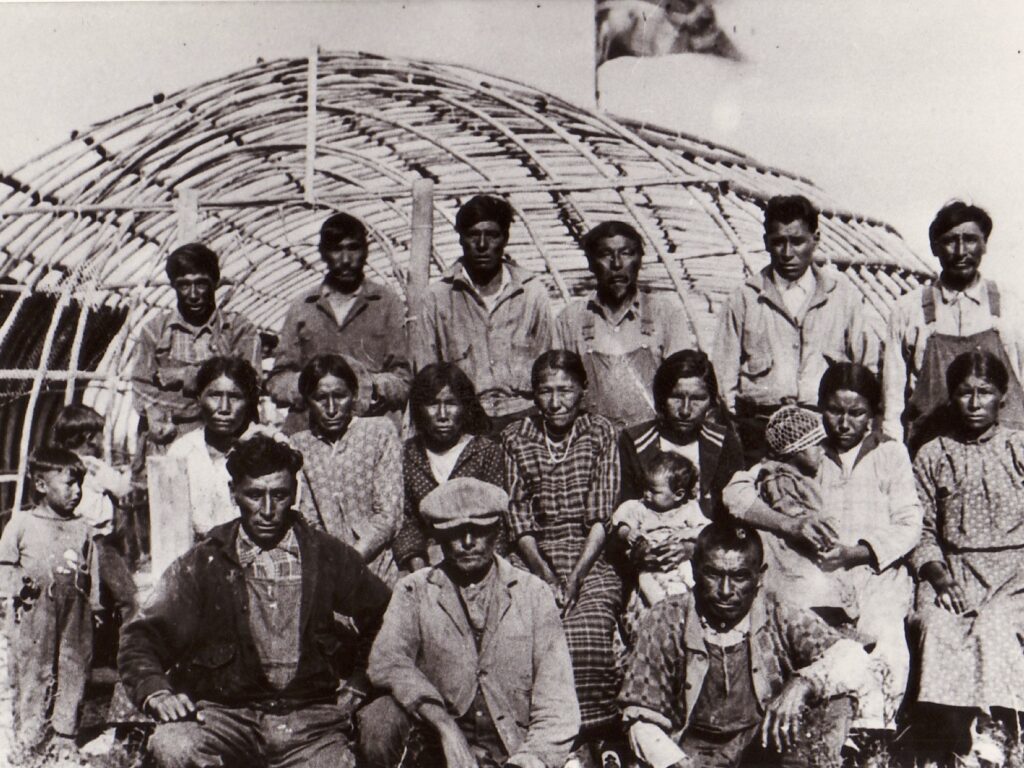
Encounters between Aboriginal Peoples and non-Aboriginal People began to increase in number and complexity in the 1500s. For the most part, Aboriginal Peoples and non-Aboriginal people maintained cautious cooperation and saw each other as separate, distinct, independent, and in charge of its own affairs. Early contact unfolded roughly as follows:
- Mutual curiosity and apprehension;
- An exchange of goods, tentative at first, then expanding steadily;
- Barter and trade deals, friendships and intermarriage, creating bonds between individuals and families;
- Military and trade alliances, creating bonds between and among Nations; and
- European newcomers receiving help from First Nations to survive the climate and succeed in fishing, whaling, and fur trading.
First Nations Elders recognized the potential damage that could result from European world views. This speech by Chief Seattle in 1854 articulates one view of the dangers of European contact.
Listen to the speech by Chief Seattle.
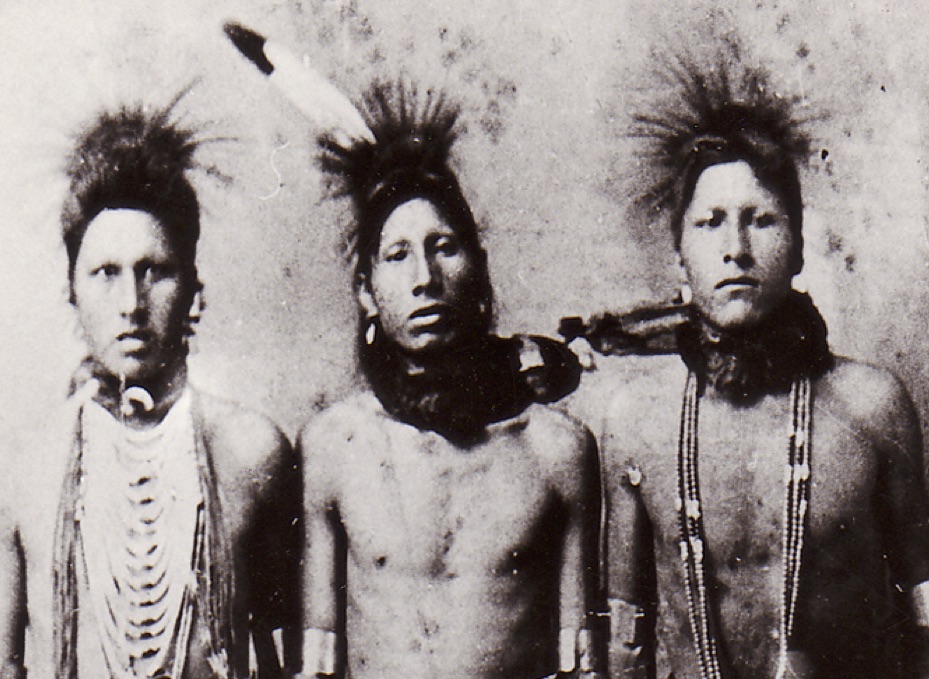
The impacts of contact were widespread, affecting every dimension of First Nations culture.

